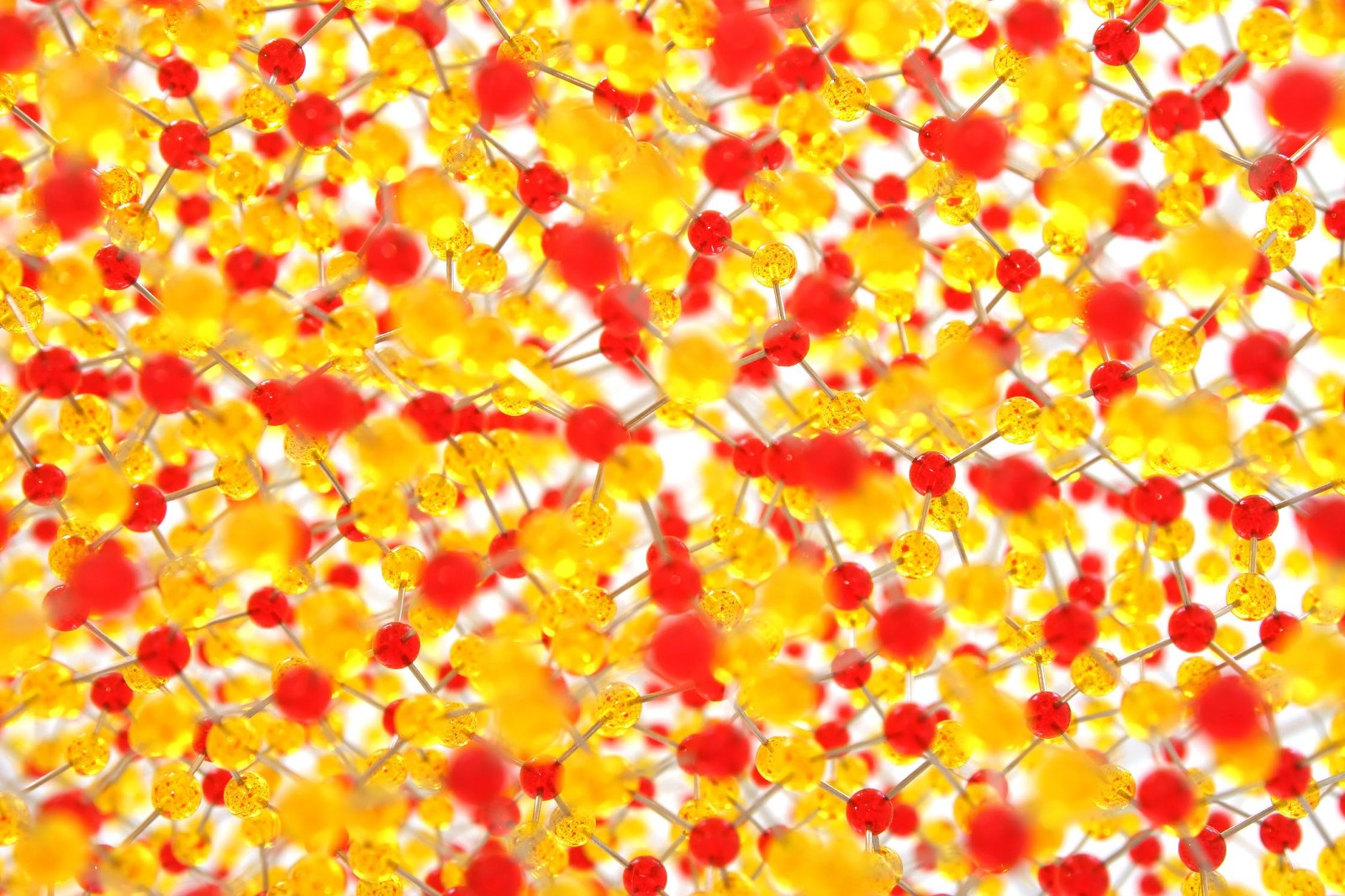
Molecules are funny little things.
I don’t mean to be glib. When we’re looking at the deep patterns of molecules, there has always been one fundamental glitch: electrons engage with every other electron in their midst in a quantum mechanical fashion. They move, they change, and they shift into what are known as ‘excited states’ that change these electrons’ properties. That makes electrons, and their effect on other parts of their own molecules as well as their effects on external molecules, hard to predict.
Excited state electrons have therefore made things a tad difficult for physicists and chemists. Scientists want to work with models that can be accurately replicated and planned, but this isn’t always possible when the very things we are trying to study have patterns of movement and engagement that are inherently hard to identify. We’ve known this ever since physicist Richard Feynman, who won the Nobel Prize for his work, discovered just that in a lab in the 1980s.
With work emerging right now, however, electron patterns may be less of a mystery than ever before.
As Feynman proposed, the only way forward was through quantum computing, and that’s exactly how we’re beginning to unpack these multi-reference states of molecules to the point at which it may be possible to look at all of their properties and build predictable models.
Here’s how it works.
In essence, we’ve recently found out that quantum machine learning can infera model for chemistry, using previously-acquired data from molecules and materials, instead of creating a numerical computer model of electron engagement through computationally-demanding equations.[1] In other words, quantum computing processes can involve more freedom than standard mechanical computation. This allows for novel solutions to chemistry problems to be both imagined and executed.
There are also other methods that can help augment quantum machine learning. When we use quantum methods to execute spins in low-temperature solids, these can store quantum information for up to several thousand seconds. This approach can therefore transmit information from quantum states through connections to photons — and this optical process can make it easier for scientists to gain access to data never-before unearthed. This is because of the way in which data about silicon carbide and rare ions can be stored long enough for us to more deeply examine electron patterns and models.[2] We can even combine both traditional and quantum computing methods to chemistry in order to assess the way that these electron states change over time, and how electronic structures adapt.[3]
The potential for a positive impact on our society is endless. Most of these advancements are based on collaborations between researchers and corporate bodies that will take these ideas and put them into practice in the real world. Recent findings have shown that advances in nanofabrication and materials engineering are made possible through these methods, for example, which could shift the way that we look at the production of everything we use in our world.[4]
Think about the opportunities.
Through a better quantum chemistry computing model linked to optical processing, we could more easily create photonic cells for solar panels or for electric car batteries. Through chemical soil analysis, we could develop more efficient and less environmentally damaging support systems for agriculture. We could even develop a new way of managing our own health through medical nanotechnology that maps itself to our unique personal body chemistries and needs. Bioimaging using a magnetic nanostructure would be one in which magnetic resonance would be applied to measuring the size and shape of the body’s internal structures without the use of cameras.
It’s here that we come full circle.
In the late 1950s, well before he imagined quantum computing, Richard Feynman also made a proposal to his research community: that physics work to reproduce the efficacy and active capacity of the biological cell. His argument was that even though the cell was tiny and easily destroyed, thousands or millions of cells working together were able to carry out incredibly complex and efficient tasks. If the same principles that were applied to cell development and growth were likewise applied to technology, then there would be the potential for massive changes to be made to the way that science approached physical, material, and biological technology applications in the future.
We’re only now exploring how the multi-reference states of molecules can be leveraged to make our lives extraordinarily better. This approach may go a long way in solving issues as difficult as energy creation and environmental management, in addition to human health crises.
In my work at Quantum Gravity Research, I’m excited to be on the front lines of this shift, and I invite you to stay tuned. We’re getting there, and fast.
-Klee
NB: Disclaimer: I am also an investor in https://cambridgequantum.com, an organization involved in some of this research.
[1] von Lilienfeld, O. A. (2018). Quantum machine learning in chemical compound space. Angewandte Chemie International Edition, 57(16), 4164–4169.
[2] Awschalom, D. D., Hanson, R., Wrachtrup, J., & Zhou, B. B. (2018). Quantum technologies with optically interfaced solid-state spins. Nature Photonics, 12(9), 516.
[3] Crespo-Otero, R., & Barbatti, M. (2018). Recent advances and perspectives on nonadiabatic mixed quantum–classical dynamics. Chemical reviews, 118(15), 7026–7068.
[4] Jackson, M. (2018). How Quantum Computing is Enabling Breakthroughs in Chemistry. Singularity Hub, November. Retrieved from https://singularityhub.com/2018/11/15/how-quantum-computing-is-enabling-breakthroughs-in-chemistry/.